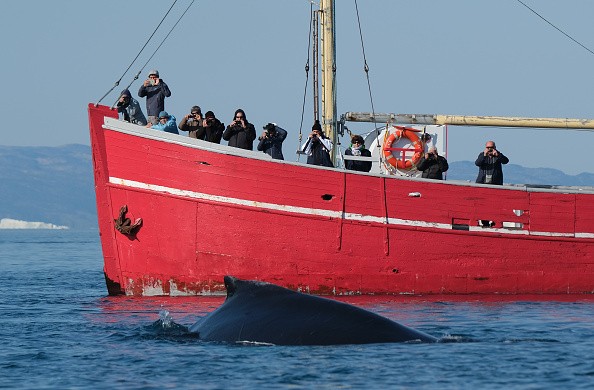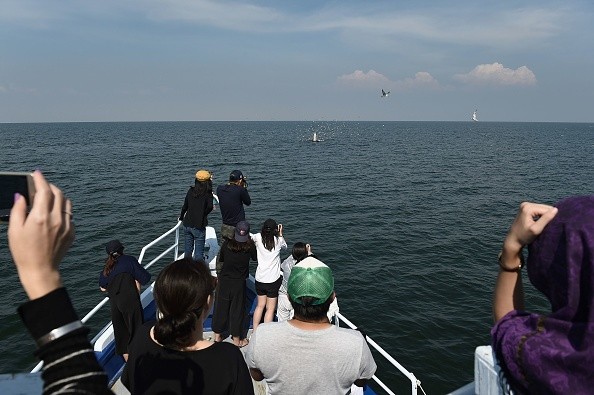Seeing a whale emerge from the depths of the ocean is an experience that can't be easily forgotten. The excitement of hearing and at times smelling whale breath is what keeps you coming back for more, no matter how many times you've watched them.
This guide is going to take you into the world of whale watching, so grab your binoculars and get ready.

Schedule For Whale Watching
From May to November, Australians may go whale watching, which is a fun outdoor activity for the whole family.
Thousands of humpback whales travel from Antarctica's feeding seas to the warm northern breeding waters off the Kimberley, Western Australia, and the Great Barrier Reef, Queensland, according to Phys.org.
Despite their size, these sea monsters play a crucial role in the health of oceans.
Things to Look For
It's not always simple to find a bus-sized animal, which is ironic.
It's a good idea to keep an eye out for the whale's puffy tell-tail sign. Like an in-built snorkel, they have a snout on the top of their head.
To keep their heads in the water, whales may use this method to breathe while they're swimming. A puffy blow or spout of water and air can be seen as they exhale. Whale snot is the name given to this air because it comes directly from the whale's lungs.
As long as weather conditions are favourable, whale blows can last for longer periods of time. A whale breaching, or jumping out of the water, may also be visible if you're lucky. The humpback whale is the best known for this.
Whale Watching From a Boat or Land, Which is Better?
It all depends on what you're looking for. You can see farther and farther out to sea from high vantage points on land, such as those found in national parks. Using this method, you'll be able to capture more whale activity, but from afar.
Occasionally, a whale's surface footprint is visible in the water after it has surfaced. Whale watching with a responsible ecotourism company, on the other hand, is the best option if you're looking for the salt in your face and the thrill of being on the water.
Both whales and humans in Australia are protected by laws and regulations put in place by the country. When in the water, humans must keep a safe distance from whales.
Whales may choose to come within a few feet of your vessel and swim around it. There's nothing you can do but turn off your boat's engines and enjoy the whale mugging show.
Whale-watching Tools Anyone Can Use
Because whale watching is an outdoor activity, dress accordingly. Sunglasses, sunscreen, a hat, and comfortable shoes are items recommended.
Bring your camera if you like and enjoy photographing wildlife. Instead, a phone may be used to record video or snap images.
Finally, bring your binoculars. If you'd like to get a closer look at whales, binoculars are a good investment. However, if you don't have any, don't fret. Some prefer spotting whales with their own eyes first, rather than using a telescope or binoculars.

Tips For a Successful Watch
Whales don't spend all of their time at the surface of the water, and it's crucial to know this. They may or may not spend time swimming underwater, depending on the situation. For humpback whales, this may last anywhere from a few minutes to as long as 20 minutes.
The best way to navigate when on a boat is to look for landmarks or other vessels that may act as nautical markers.
Be on the lookout for any surface movement or unexpected appearances. While waiting for whales, many have seen some incredible sights, like sunfish and sharks leaping out of the water.
© 2025 NatureWorldNews.com All rights reserved. Do not reproduce without permission.





